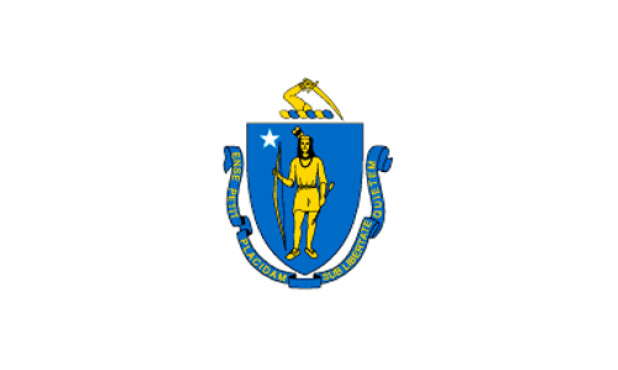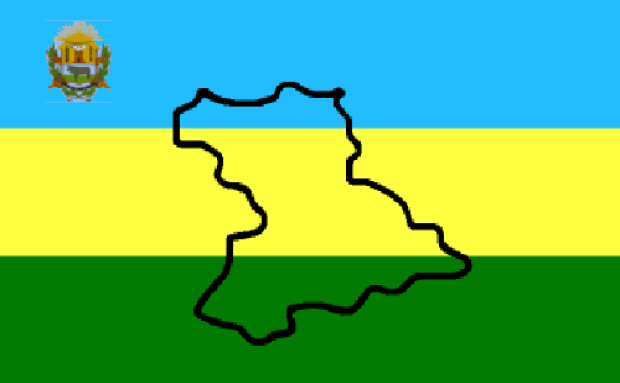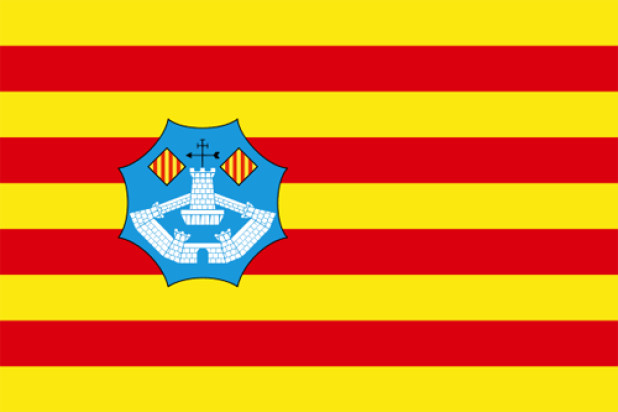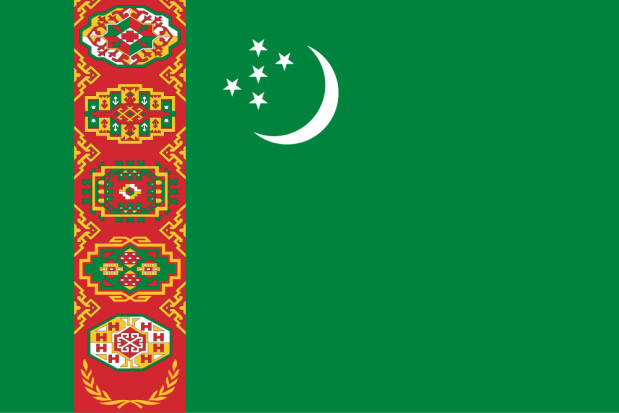Flag of Denmark
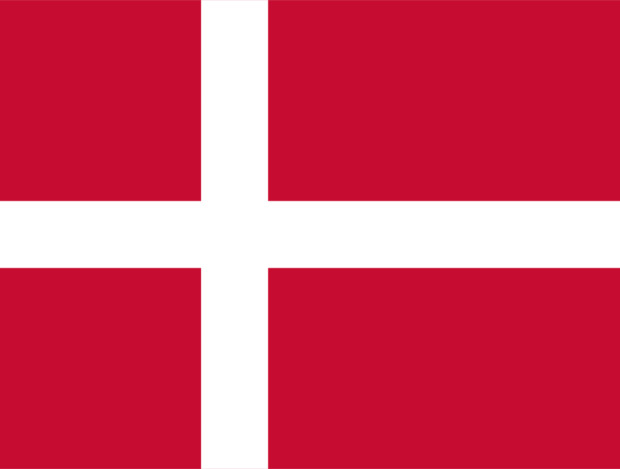
Listen to anthem
Top sellers from our flag shop
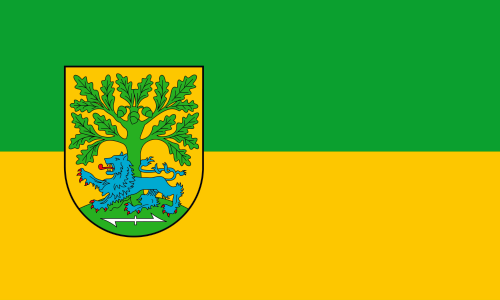
Wedemark Flagge 90x150 cm (E)
9,90 €
Show in shopBackground knowledge
The cross flag was the distinctive mark of the crusaders in the Middle Ages, but the flag of Denmark early adopted the typical Scandinavian shape with an extended arm of the cross. Thus, on a red background there is a white cross shifted to the pole side. The Danish flag is also known as the "danebrog", and is one of the oldest national flags in the world. It is probably the oldest flag and has remained unchanged since its introduction. According to legend, it appeared to the Danish King Waldemar II on 15.06.1219 during the Battle of Reval (against the Estonians) and helped the Danes to victory, but there are other explanations for its origin.
The Danish national coat of arms shows three blue lions and nine red hearts on a golden shield. It has been known in this form since King Waldemar I (1157?1182). After the separation from Norway (1815), this coat of arms was officially reintroduced as the national coat of arms in 1819.
The king's coat of arms shows a shield quartered by a white cross outlined in red, showing in the first and fourth quadrants the Danish shield with the three blue lions and the red hearts. In the second quadrant the coat of arms of Schleswig, two blue lions on gold, and in the third quadrant it shows on blue the three crowns of the Kalmar Union (Denmark/Sweden/Norway), a sheep (Faroe Islands) and a polar bear (Greenland). In the center of the shield a heart shield with the coat of arms of the House of Schleswig-Holstein-Sonderburg-Glücksburg. Shield holders are two "wild men" with clubs. The coat of arms is backed with a purple and white mantle, and above it a golden crown.
Hymn
The national anthem:
There is a lovely land
that lies with broad beeches
close to the salty Baltic Sea beach.
Stretches over hill and dale,
It is called old Denmark,
and is the Freja Hall.
The royal anthem:
King Kristian stood at the high mast in smoke and fume;
His sword hammered so hard
That the Goth's helmet and brain burst.
Then all the enemy quarterdecks and masts sank in smoke and fumes.
"Flee," they cried, "flee who can flee!"
Who can stand against Kristian of Denmark in battle?"
Danish flag color codes
- HEX
- #C8102E
- RGB
- 200, 16, 46
- CMYK
- 0, 100, 80, 5
- RAL
- 3028
- Pantone
- 186 C
- HEX
- #FFFFFF
- RGB
- 255, 255, 255
- CMYK
- 0, 0, 0, 0
- RAL
- 9010
- Pantone
- n/a
That's what ChatGPT knows about the flag of Denmark
-
The national flag of Denmark is a symbol of Danish national identity and is often seen as a sign of unity and solidarity. The flag was first used in 1219 and is one of the oldest flags in the world. It is also known as Dannebrog and is a white cross on a red background.
-
The Danish national flag, also known as the Denmark flag, is an ancient symbol that has been used since the 14th century. It was first used in the 14th century as a white cross on a red background. In the 17th century, the flag became what we know today, with a white cross on a red background surrounded by four small white crosses. Then in the 19th century the flag was officially recognized as the national flag of Denmark. Today it is one of the oldest flags in the world and a symbol of Danish culture and identity.
-
The national flag of Denmark is a horizontal stripe of red and white. The upper part of the flag is red and the lower part is white. In the center is a white cross that spans both colors. The cross is aligned with the sides of the rectangle in the ratio of 5:4:5:4. The flag is a symbol of the unity and freedom of the country.
Discover something new
Random flags from our large flag database.



